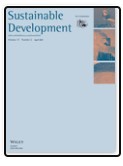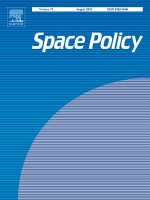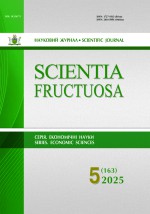Impacts of Climate Change on Hydrolological Regimes in the Congo River Basin

Surface water resources are essential for a wide range of human activities, such as municipal water supply, fishing, navigation, irrigation, and hydropower. Their regime is also linked to environmental sustainability, water-related risks, human health, and various ecosystem services. Global warming is expected to modify surface water availability, quality, and distribution and therefore affect water use productivity as well as the incidence of water-related risks. Thus, it is important for communities to plan and adapt to the potential impacts of climate change. The Congo River Basin, home to 75 million people, is subject to recurrent flood and drought events, which are expected to worsen as a result of climate change. This study aims to assess future modifications of the hydrological regime of the Congo River and the socio–economic impacts of these projected changes for three future periods: 2011–2041, 2041–2070, and 2071–2100. A Soil and Water Assessment Tool (SWAT) model of the Congo River Basin was developed, calibrated, and validated using daily rainfall observations combined with daily time series of precipitation, temperatures, relative humidity, solar radiation, and wind speed derived from the WFDEI (Watch Forced Era Interim) reanalysis data set. The outputs of ten Regional Climate Models (RCMs) from the Coordinated Downscaling Experiment (CORDEX-AFRICA) were statistically downscaled to obtain future climate time series, considering two Representative Concentration Pathways: RCP8.5 and RCP4.5. The calibrated model was used to assess changes in streamflow in all reaches of the Congo River. Results suggest relative changes ranging from −31.8% to +9.2% under RCP4.5 and from −42.5% to +55.5% under RCP 8.5. Larger relative changes occur in the most upstream reaches of the network. Results also point to an overall decrease in discharge in the center and southern parts of the basin and increases in the northwestern and southeastern parts of the basin under both emission scenarios, with RCP8.5 leading to the most severe changes. River discharge is likely to decrease significantly, with potential consequences for agriculture, hydropower production, and water availability for human and ecological systems.







